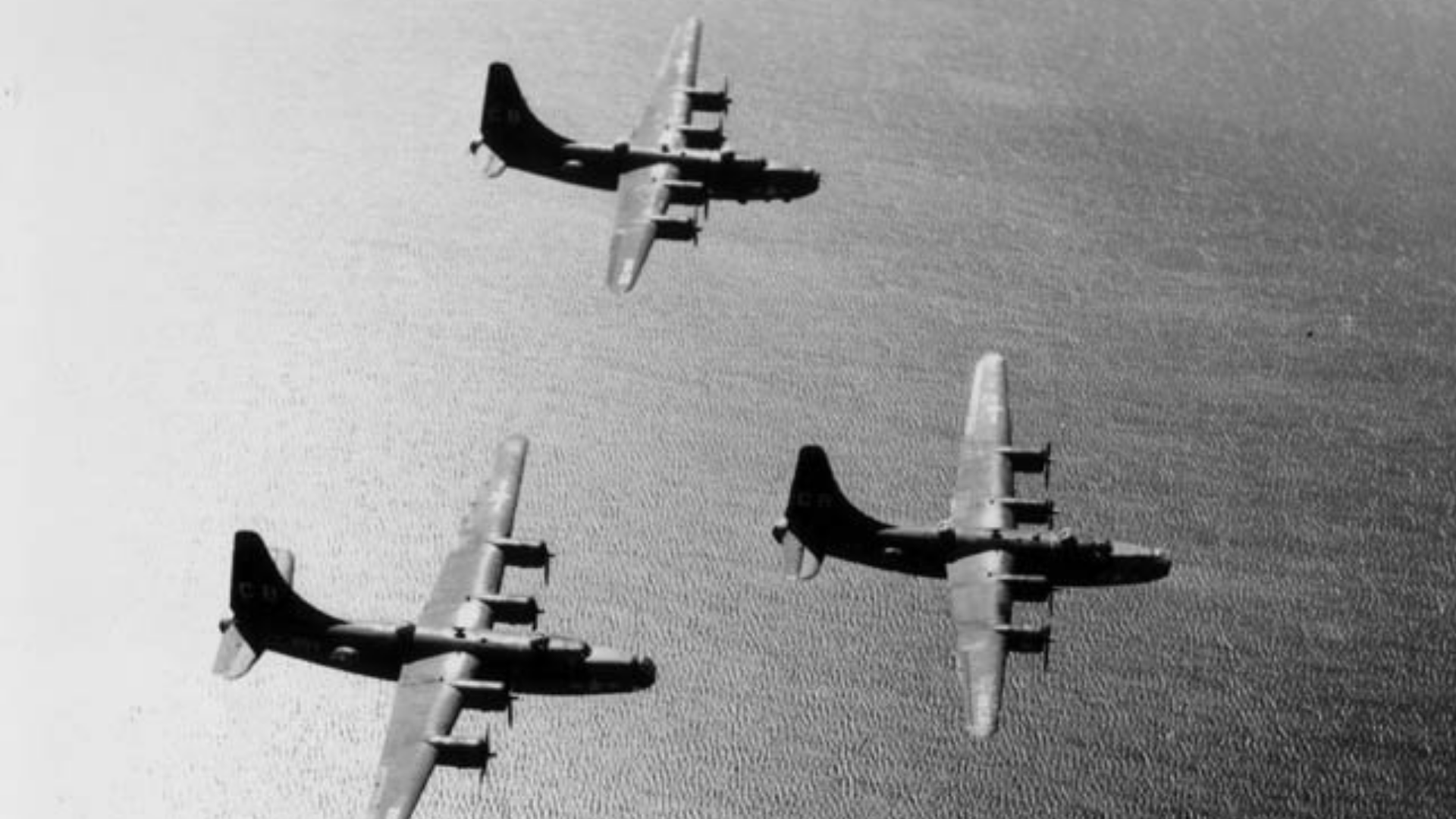
Clark Island Airfield
During World War II, the Pacific Theater was a key battleground where the Allied forces fought against the Japanese Empire. The Clark Island Airfield was a strategic link in this theater, serving as a critical base for the United States military. Between 1944-1945, the airfield played a significant role in the war effort, providing a vital link for transportation, reconnaissance, and bombing missions. In this article, we'll take a closer look at the history of the Clark Island Airfield and its contributions to the war effort.
History:
The Clark Island Airfield was located on Clark Island, which is part of the Palaus Islands chain in the western Pacific Ocean. The airfield was constructed by the United States military in 1944, and it quickly became a strategic link in the Pacific Theater. The airfield was primarily used for transportation and reconnaissance missions, providing a vital link between the various islands in the region. It was also used for bombing missions against Japanese targets.
One of the airfield's primary roles was to serve as a refueling point for aircraft. The airfield's strategic location made it an ideal place for planes to refuel and resupply before continuing their missions. The airfield was also used for reconnaissance missions, with planes flying over enemy territory to gather intelligence.
The airfield was not without its challenges, however. The harsh climate and rough terrain made it difficult to maintain the runway and facilities. Additionally, the airfield was frequently targeted by Japanese forces, which led to a number of attacks and casualties.
Legacy:
After the war, the Clark Island Airfield was decommissioned and eventually abandoned. Today, the airfield's legacy lives on, and its contributions to the war effort are remembered and celebrated. The airfield played a critical role in the Pacific Theater, providing a vital link for transportation, reconnaissance, and bombing missions. Its strategic location and importance were key factors in the Allied victory in the region.
The Clark Island Airfield was a strategic link in the Pacific Theater during World War II. Its contributions to the war effort were critical, providing a vital link for transportation, reconnaissance, and bombing missions. The airfield faced numerous challenges, including harsh climate and frequent attacks from Japanese forces. Despite these challenges, the airfield played a critical role in the Allied victory in the Pacific Theater. Today, the airfield's legacy lives on, and its contributions to the war effort continue to inspire future generations.
Interesting Facts:
The airfield was constructed in just six weeks by Seabees, the U.S. Navy's Construction Battalion. They worked around the clock to build the runway, taxiways, and other facilities.
Clark Island Airfield was located near a large lagoon that was home to thousands of jellyfish. Pilots who crash-landed in the lagoon had to be rescued quickly before the jellyfish stung them.
The airfield had a unique feature known as the "Swimming Pool", which was a large pit dug into the coral rock. The pool was filled with seawater and served as a place for pilots and crew members to cool off and relax.
Clark Island Airfield was frequently visited by famous celebrities and politicians during the war, including Bob Hope and General Douglas MacArthur.
The airfield was the site of a notable escape by a group of U.S. Marines who were captured by Japanese forces. The Marines managed to escape and evade their captors for several weeks before being rescued by Allied forces.